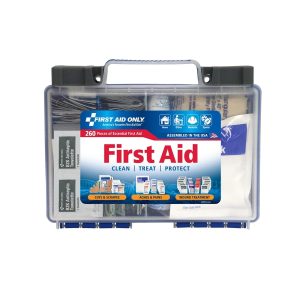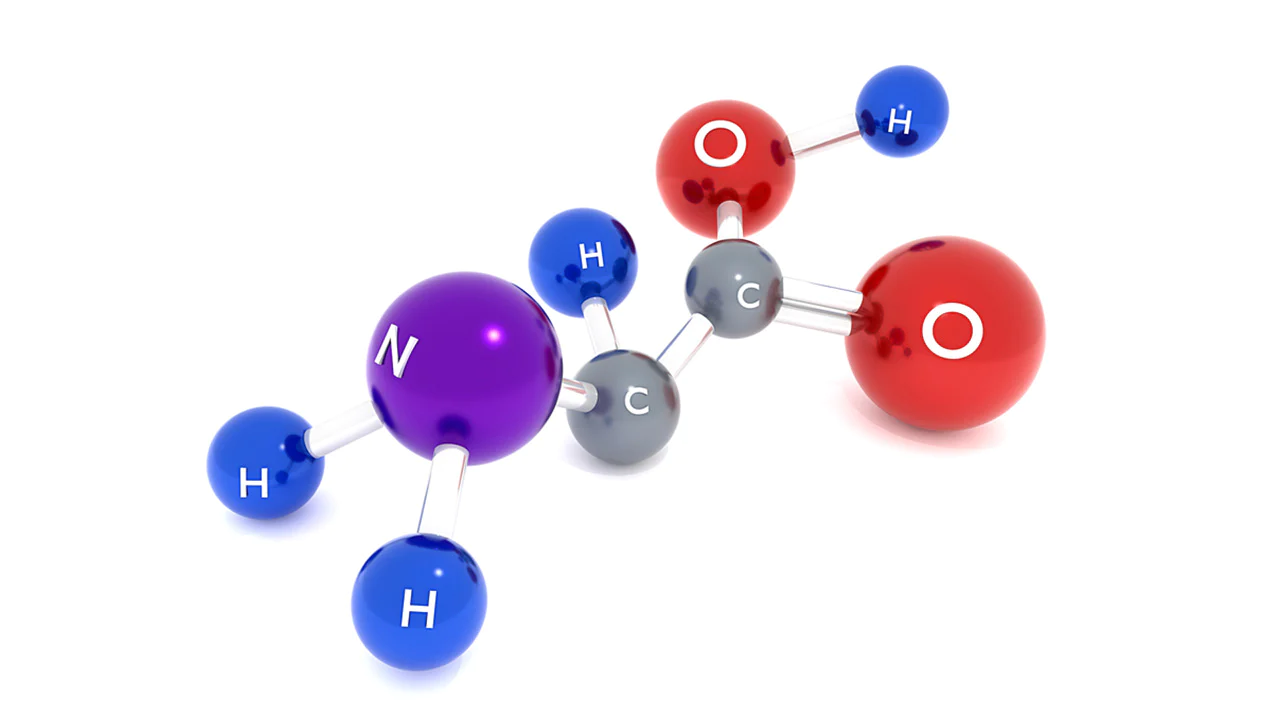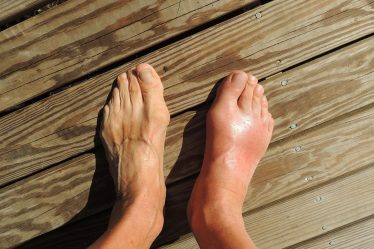
Introduction
In a world filled with uncertainties, being prepared for emergencies is paramount. Whether it’s a minor injury at home or a more serious situation outdoors, having a well-equipped first-aid kit can make a significant difference. This article serves as a comprehensive guide to first-aid kits, detailing their importance, components, and the role they play in ensuring safety and well-being.
The Significance of First-Aid Kits
First-aid kits are indispensable tools designed to provide immediate care during accidents, injuries, or illnesses. Their primary purpose is to stabilize a person’s condition until professional medical help arrives, if needed. Here are some key reasons why having a first-aid kit is crucial:
1. Rapid Response
In emergencies, time is of the essence. First-aid kits enable immediate response to injuries, potentially preventing them from worsening.
2. Versatility
These kits are versatile and can be tailored to specific situations, such as home, car, or outdoor activities.
3. Reducing Severity
Prompt attention and proper care can reduce the severity of an injury, sometimes preventing complications.
4. Saving Lives
In life-threatening situations, a well-equipped kit can make the difference between life and death.
Components of a Comprehensive First-Aid Kit
The effectiveness of a first-aid kit lies in its contents. While kits can be tailored to individual needs, a well-rounded kit should include the following essentials:
1. Bandages and Dressings
- Adhesive bandages of various sizes
- Sterile gauze pads
- Adhesive tape
- Elastic bandages
2. Antiseptics
- Alcohol pads
- Antiseptic wipes
- Hydrogen peroxide
3. Tools
- Scissors
- Tweezers
- Thermometer
- Disposable gloves
4. Medications
- Pain relievers (e.g., acetaminophen, ibuprofen)
- Antihistamines
- Aspirin (for potential heart attack situations)
5. Miscellaneous
- CPR face shield or mask
- First-aid manual
- Emergency contact numbers
Tailoring Your Kit
The contents of your kit should reflect your specific needs. For instance, if you have allergies, an epinephrine auto-injector might be necessary. For outdoor enthusiasts, additional items like snake bite kits or insect repellent could be vital.
Conclusion
A well-equipped first-aid kit is a crucial component of any safety plan. It offers the assurance that in times of need, you have the tools to respond promptly and effectively. By tailoring your kit to your specific requirements and ensuring that it’s up-to-date, you can be better prepared for life’s unexpected twists and turns. Don’t wait until an emergency strikes—invest in a first-aid kit and be ready for whatever challenges come your way.





